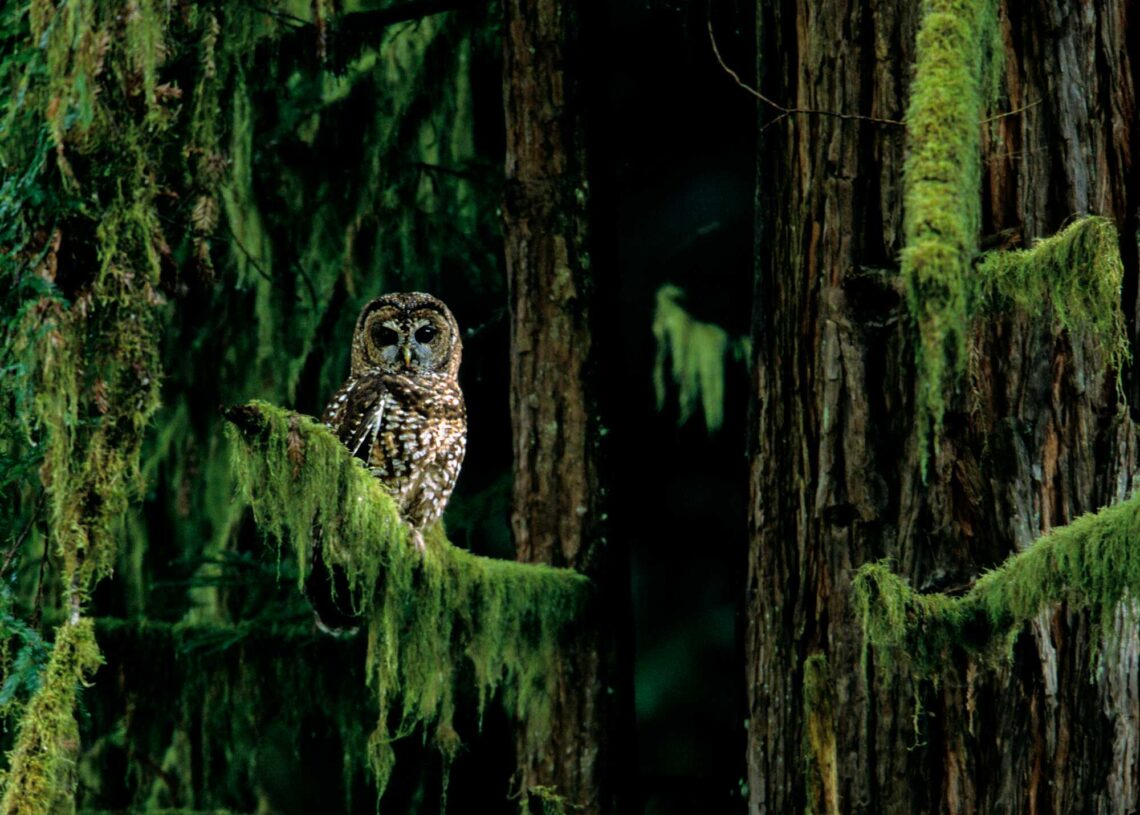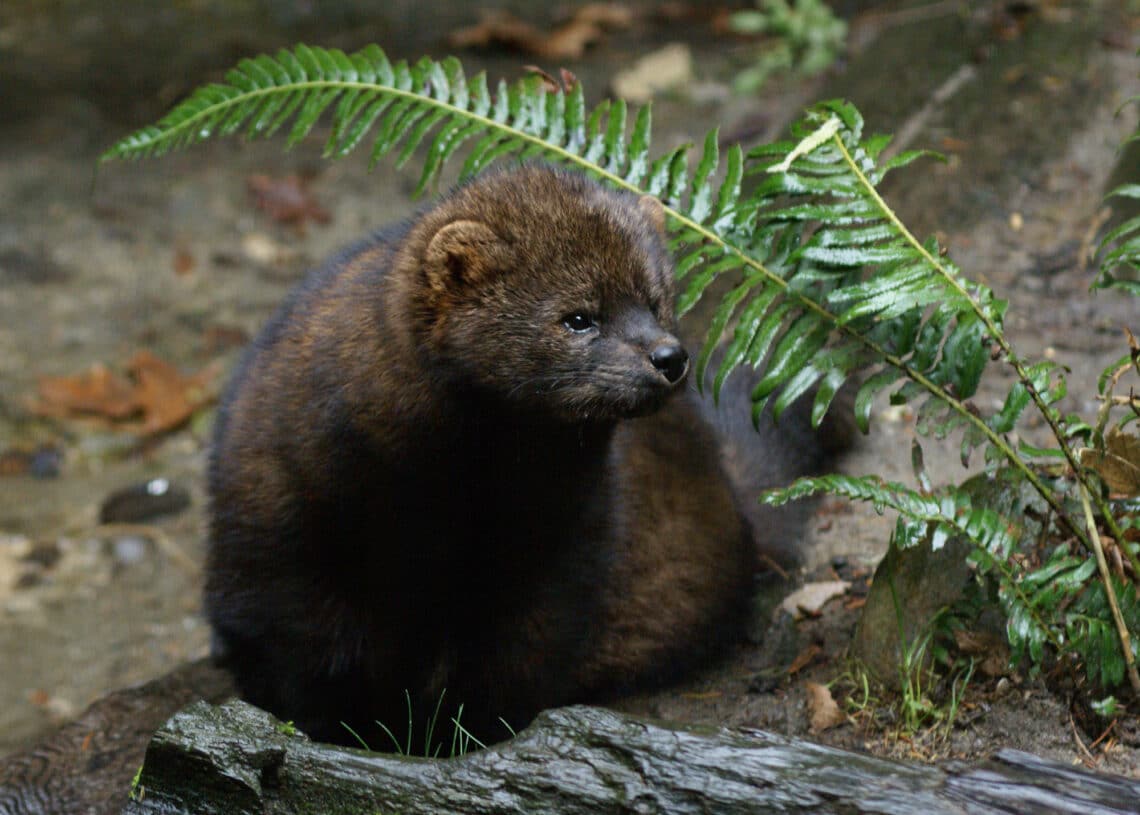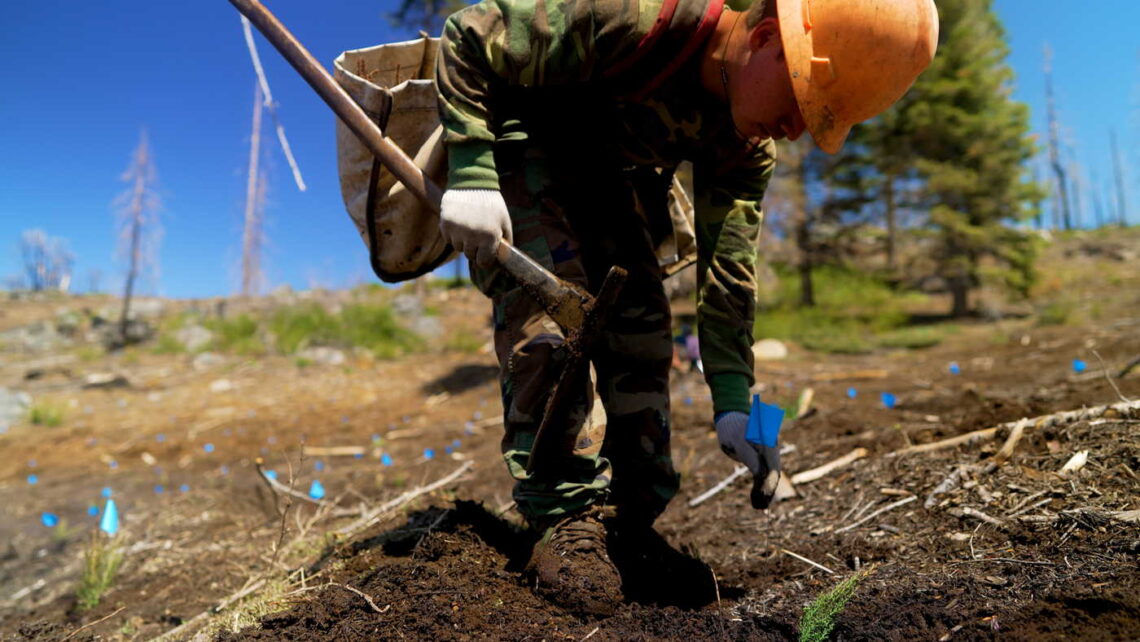
The facts about severe wildfires and forest restoration
Iconic redwood forests are under threat. Since 2015, severe wildfires have killed approximately 20% of mature giant sequoias, requiring emergency measures to save the remaining trees. In the coast redwood range, after more than 120 years of aggressive commercial timber harvesting, less than 5% of the original old-growth forests are still standing.
To address the threats that these vulnerable forests face in this time of climate-driven change, Save the Redwoods League and its partners conduct forest restoration and recovery work based on the broad consensus of scientific research. The following key facts, along with supporting citations from academic research, illuminate our approach and why it’s essential to the redwood forests’ survival.
FACT: Recent extreme wildfires are not normal.
Since 2015, extreme wildfires have raged within the giant sequoia and coast redwood ranges, as well as in other parts of California and beyond. This is not normal.
These high-severity fires have caused more damage than at any time in known history. This is due to two main factors:
First, more than 100 years of fire suppression has led to the unnatural accumulation of combustible vegetation, also known as “fuels,” across the landscape.
Second, climate change has brought higher temperatures and more severe droughts, which leads to even more fuels and increases the intensity of fires. A drought in the Sierra Nevada from 2012 to 2016 resulted in drier vegetation and unprecedented levels of standing dead trees, also called “snags.” These fuels were a primary driver of the subsequent extreme fires.
Sadly, the combination of climate change and a century of fire suppression has resulted in increased deaths among all tree species, including those considered to be fire- and drought-resistant, like giant sequoias.
Supporting studies: Hessburg et al. 2005, 2019; Falk et al. 2011; Safford and Stevens 2017; Singleton et al. 2019; Parks and Abatzoglou 2020; Hagmann et al. 2021.
FACT: Extreme wildfires may destroy some forests beyond recovery.
Recent extensive field surveys have found that giant sequoia reproduction has decreased to as little as 1% of the usual rate, especially in areas where extreme fires have killed much of the seed source.
This loss is largely due to climate change and more than a century of fire suppression, which has allowed young trees and dead material to accumulate on the forest floor. The undergrowth works like a ladder to carry fire into the seed-producing crowns. While a mature coast redwood can survive a crown fire and resprout along its trunk and at its base as it recovers, once a giant sequoia loses its crown, the entire tree—and its ability to reproduce—is destroyed.
Without intervention, giant sequoias may no longer exist across large portions of their original range in the Sierra Nevada.
Supporting studies: Soderberg et al. 2024; Steel et al. 2022; Hurteau et al. 2014; Stevens-Rumann et al. 2018; Davis et al. 2019; Young et al. 2019; Coop et al. 2020; Prichard et al. 2021; Rammer et al. 2021.
FACT: Replanting trees after fires helps replenish giant sequoia forests.
As rapid climate change drives new, more extreme fires, forests simply cannot naturally recover like they once did. These forests have already been severely altered by decades of fire suppression. Instead of growing back, many will convert to shrublands. This is true for giant sequoia forests and other forests too.
To help redwood forests become more resilient to the effects of climate change, we must take appropriate, science-backed action after extreme fires. These restoration efforts include replanting trees and removing select previously burned trees that could become fuel for future fires.
As part of our restoration work, the League and our partners have planted more than half a million giant sequoia and other native tree seedlings since 2022, specifically in severely burned areas that are not recovering well. Replanting these seedlings puts these forests back on the path to health and sustainable regrowth.. (See this story about plantings on the League’s Alder Creek giant sequoia property.)
Supporting studies: Soderberg et al. 2024; Stephenson et al. 2023, Steel et al. 2022; Hurteau et al. 2014; Stevens-Rumann et al. 2018; Davis et al. 2019; Young et al. 2019; Coop et al. 2020; Prichard et al. 2021; Rammer et al. 2021.
FACT: Fuel reduction is proven to work.
There is abundant evidence that the reduction of forest-fire fuels (combustible vegetation) works, especially efforts that use beneficial fire. Before Indigenous people were forcibly removed from their land, they used fire to help manage these forests for millennia.
The current efforts that use fire come in two main types: “prescribed” fires that are intentionally set and controlled by management teams; and “managed” fires that occur naturally and are allowed to burn under close monitoring.
Both kinds of monitored fires remove the unnatural accumulation of combustible vegetation and positively change the behavior of wildfires—slowing their spread, lowering their intensity, and reducing the amount of smoke. For example, the 2021 Windy Fire wreaked long-term devastation on areas that had not undergone prescribed or managed burns; however, it only burned at low intensity in parts of Long Meadow Grove where fuels had recently been reduced through a prescribed burn. These previously treated parts of the grove are now recovering on their own.
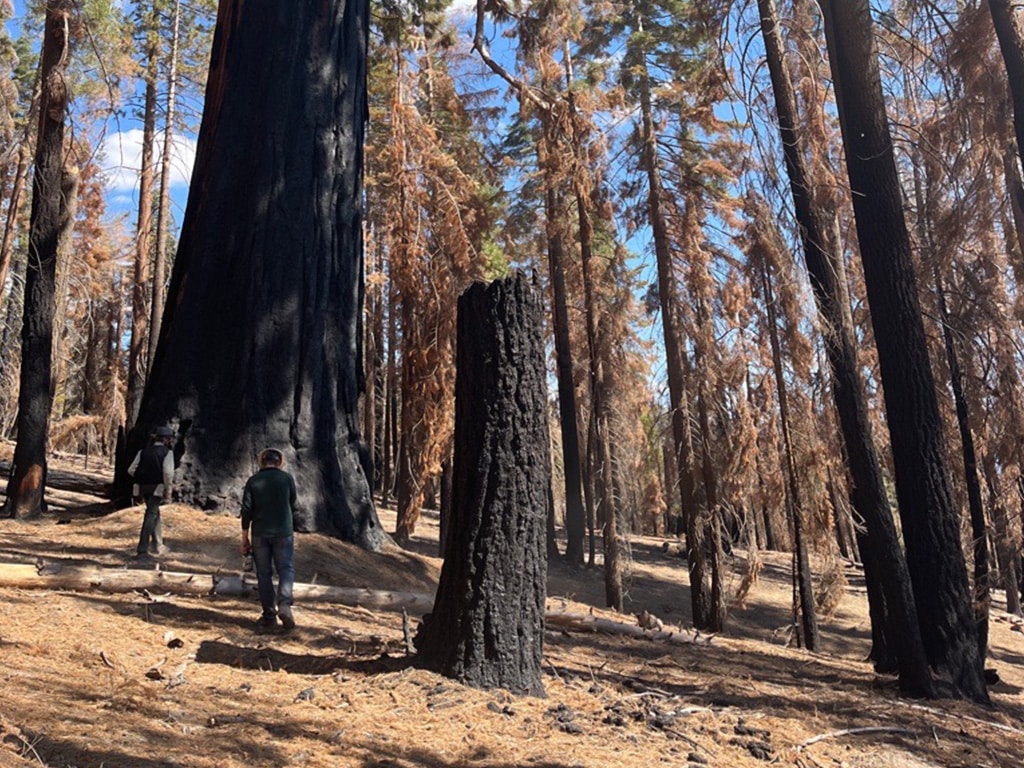
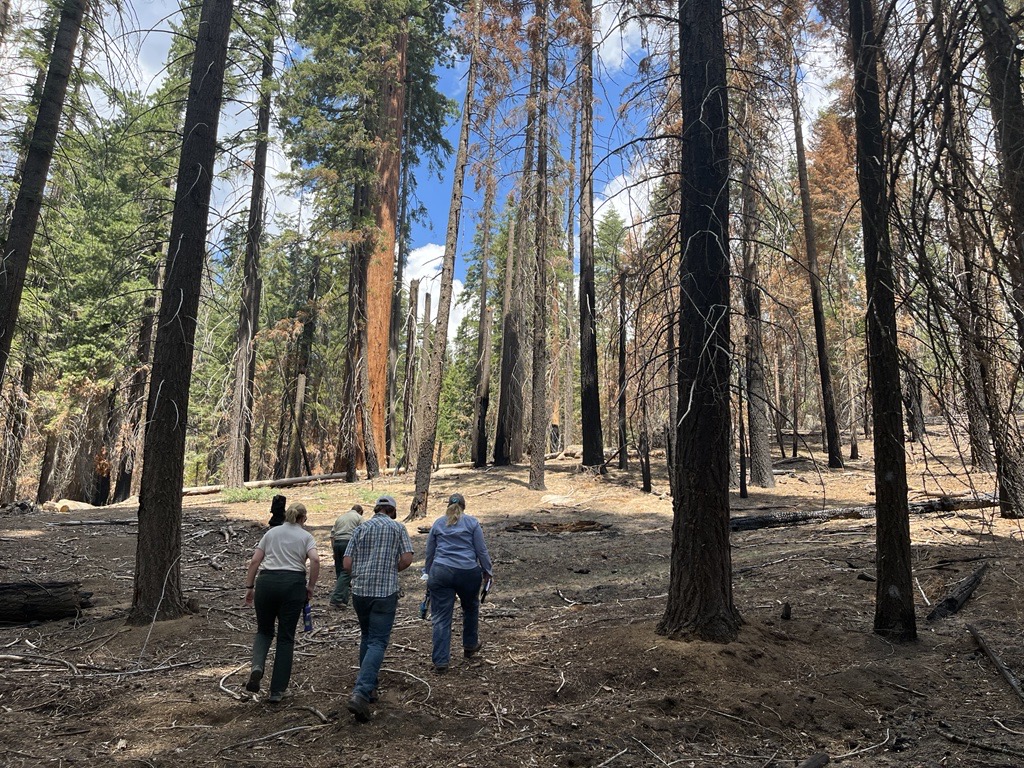
Supporting studies: Safford et al. 2012; Stephens et al. 2012; Prichard and Kennedy 2014; Lydersen et al. 2017; Hessburg et al. 2019; Prichard et al. 2020, 2021; Jones, Keyser, Westerling, et al. 2022; Jones et al. 2022; North et al. 2021.
FACT: Restoration projects are not for profit.
Restoration projects do not make money—that is neither a goal nor an outcome. It is true that some usable material from forest restoration sites may be sold, but the League reinvests all of that modest revenue back into its restoration projects. The revenue generated by these sales is also tiny compared to the cost of the projects. For example, the 2023 Giant Sequoia Lands Coalition restoration project in Long Meadow Grove cost approximately $3 million while generating only $120,000 in revenue, all of which is reinvested in restoration work.
FACT: Severe wildfires endanger the survival of iconic wildlife.
California’s redwood forests are home to a diverse collection of iconic animals, many of them threatened or endangered. These include the California spotted owl, the California condor, the weasel-like Humbolt marten and Pacific fisher, Coho and chinook salmon, and more. On the forest floor you might find the humble banana slug, North America’s largest land mollusk, slowly making its way past bright red snow plants and the otherworldly flowers of mycotrophs.
Tragically, extreme wildfires are decimating habitats and jeopardizing the survival of entire species. Given how much habitat has been lost to wildfires, it’s even more critical that we reduce combustible vegetation within the remaining forest. The members of the Giant Sequoia Lands Coalition, including Save the Redwoods League, are working to reduce fuels in these areas while judiciously protecting specific trees that make prime nests and dens for redwood forest species.
For example, while dead trees, or snags, are important habitat for wildlife, recent megafires have produced far more snags than would naturally occur. These abundant dead trees pose risks as fuel for reburning in future wildfires, so some snags must be removed. However, the restoration plans used by Giant Sequoia Lands Coalition members call for retaining the larger snags (typically those that are more than 30 inches diameter at breast height) that have the cavities and other traits that wildlife needs as habitat.
Restoring this rich forest mosaic requires hard, hands-on work. It is only through our science-backed efforts that we can help wildlife survive the onslaught of climate change and thrive for generations to come.
Supporting studies: White et al. 2019; Kelly et al. 2020; Jones and Tingley 2022; Steel et al. 2022; Stillman et al. 2021.
